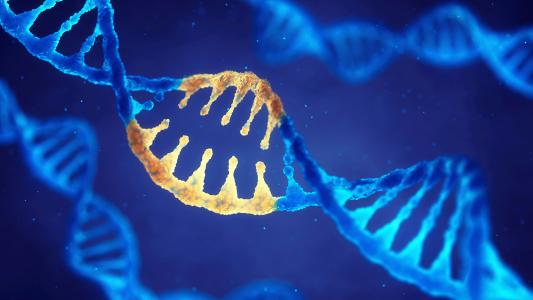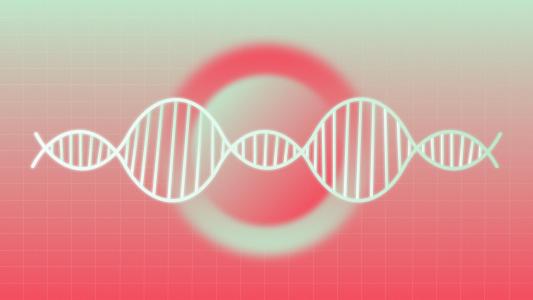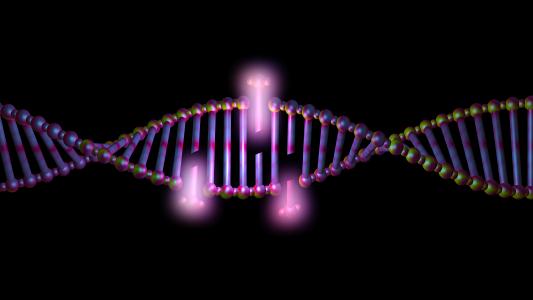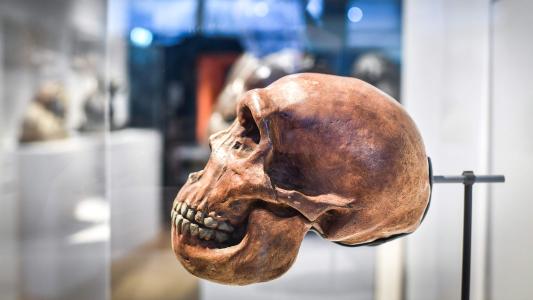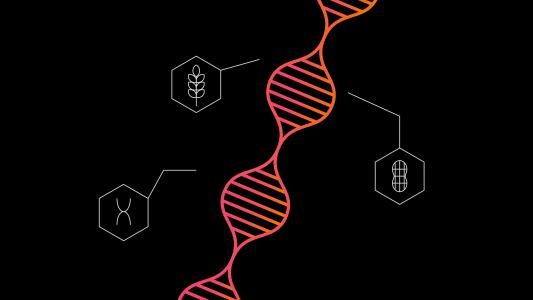CRISPR
Reversible gene editing is on the horizon
In the future, we may be able to turn CRISPR off whenever we wanted.
How scientists finally got gene therapy to work
Gene therapy shows promise for treating diseases and the longstanding mysteries of medical science. But what is gene therapy and how does it work?
CRISPR fixes rare mutation for the first time in a live animal
For the first time in a live animal, researchers have successfully reversed a gene mutation, called a “duplication mutation,” by gene editing.
New gene therapy for chronic pain could replace opioids
Researchers have engineered a gene therapy system to dampen pain. They've shown it to be effective in mice, for both short-term and long-term pain.
Scientists use CRISPR to create neanderthal mini-brains in a lab
Scientists modified brain tissue from modern humans to carry a gene that once belonged to Neanderthals.
Can CRISPR engineer immunity to avian flu in chickens?
An outbreak of avian flu in chickens can mean millions of birds dead and billions of dollars lost. This startup wants to engineer flu-resistant poultry.
This company wants to use CRISPR to fix your celiac disease
Sufferers of celiac end up with some pretty lack-luster pastries. A startup thinks CRISPR can help.
Base editing could cure a host of genetic diseases
Base editing has proven useful for correcting disease-causing point mutations in animals — and now, human trials are on the horizon.
CRISPR's big year: top breakthroughs of 2020
2020 was a big year for the gene-editing tool CRISPR. It was used to cure disease, edit DNA in a human's eye, and even gene-edit pigs to grow suitable organs to transplant into humans.
HIV can hide inside human cells for years. Can CRISPR cut it out?
Using CRISPR to stop the replication of SIV, a primate virus closely related to HIV, researchers may have taken a step to wiping the virus out in the body.
